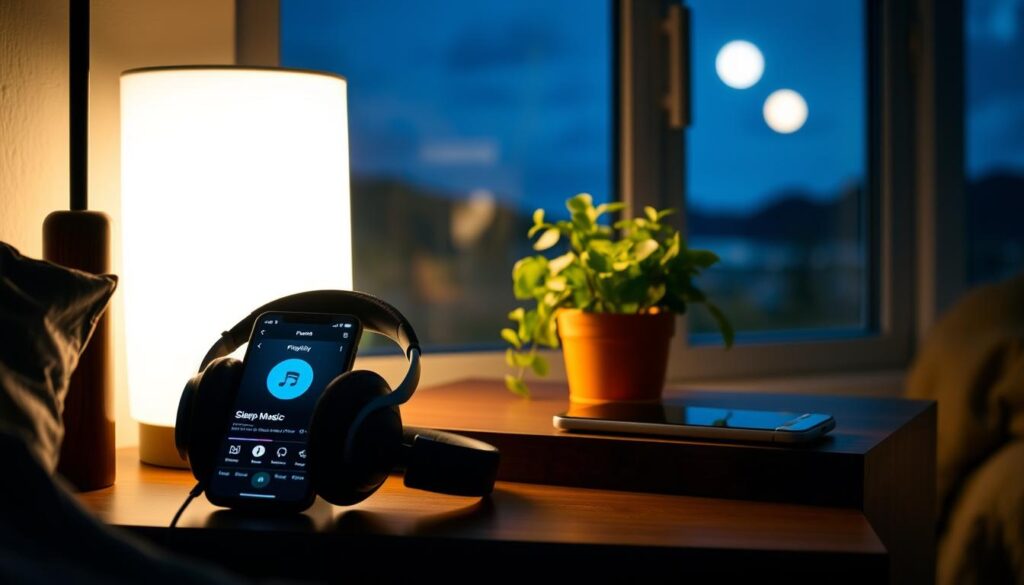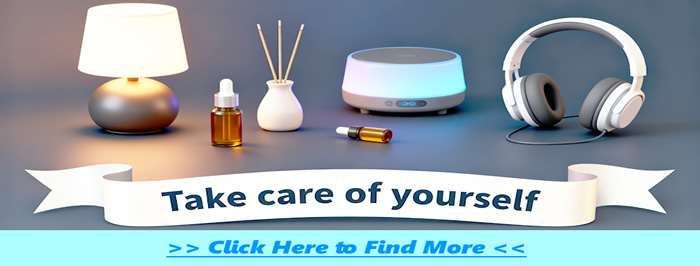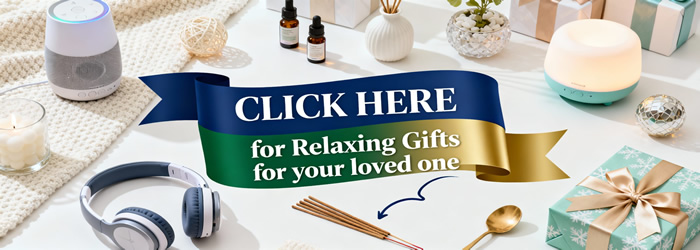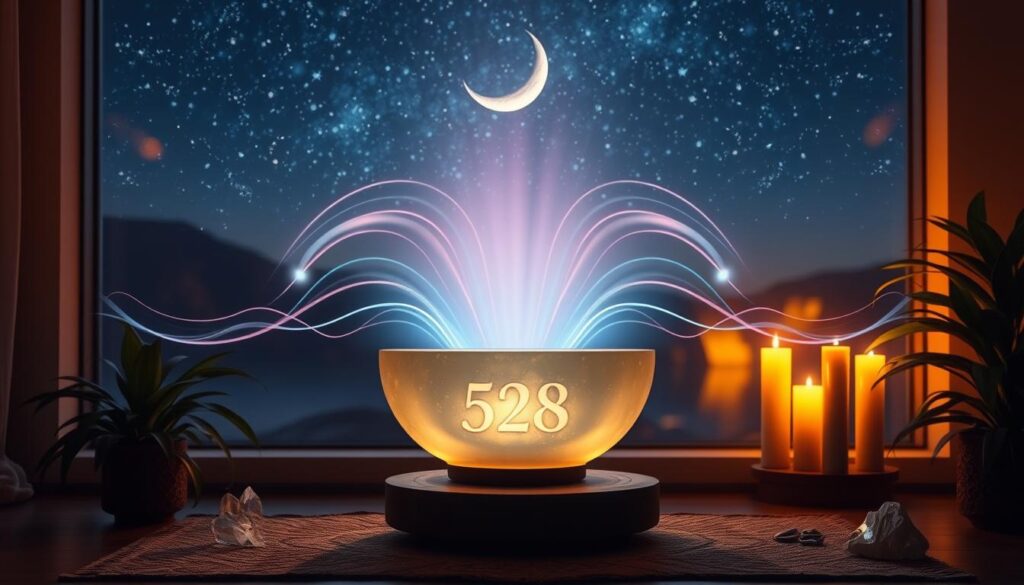In today’s fast-paced world, digital platforms have become essential tools for relaxation. Millions now rely on streaming services to unwind, with curated audio playing a pivotal role in daily wellness routines. The demand for accessible, high-quality soundscapes has transformed how people manage stress and recharge.
Two major platforms dominate this space, each offering unique features. Listeners prioritize factors like content diversity, ease of use, and adaptive playback options. Scientific studies highlight how specific frequencies and rhythms can significantly influence mental calmness, making platform choice crucial.
This analysis explores what sets these services apart in 2025. We’ll compare library depth, sound customization, and offline accessibility. Features like timed playlists and ad-free experiences also impact user satisfaction.
Whether seeking nature ambience or instrumental tracks, the right service can elevate nightly routines. Stay tuned as we break down which platform delivers the most effective tools for modern lifestyles.
Comparing Sleep Sound Features on Spotify and YouTube
As nighttime routines evolve, streaming services are reshaping how people unwind after dark. Both platforms offer distinct methods for delivering calming audio, but their organizational strategies create vastly different experiences.
Overview of Playlist Organization and Audio Standards
Spotify structures its content through algorithmically generated collections like “Sleep Inducing Sound Waves”, blending tracks from verified artists and wellness brands. Its strength lies in seamless transitions between songs and ambient noise, creating uninterrupted listening sessions. Audio quality remains consistent across devices, prioritizing clarity for subtle frequencies.
YouTube takes a community-driven approach, hosting hours-long videos with rainstorms or forest soundscapes. While user uploads vary in professionalism, they often include visual elements like nature scenes or abstract animations. This media format allows creators to experiment with layered audio textures unavailable elsewhere.
What Sets YouTube’s Sound Library Apart
Three factors define YouTube’s edge:
- Niche content like 10-hour ASMR recordings
- Custom visual pairings that enhance relaxation
- Flexible playback speeds for personalized pacing
The platform’s recommendation system surfaces lesser-known artists through related video suggestions. Listeners often discover new sounds organically while exploring channels dedicated to specific relaxation techniques.
Sleep Music Spotify: Curated Playlists for a Restful Night

Modern relaxation tools now blend neuroscience with audio engineering. Leading streaming services craft specialized collections designed to sync with natural brain activity. These resources help users transition from daily stress to restorative calm through targeted frequency patterns.
Highlights of Top-Rated Sleep Playlists
The “Sleep Inducing Sound Waves” series combines delta wave frequencies with ambient nature recordings. Tracks alternate between ocean rhythms and forest whispers, gradually slowing neural oscillations. Another standout collection, “Binaural Beats”, requires stereo headphones to create 3D auditory effects that reduce cortisol levels.
White noise enthusiasts favor rainstorm compilations that mask urban disturbances. These recordings use layered water frequencies shown to lower heart rates within 15 minutes. For creative listeners, jazz instrumentals with slower tempos activate alpha brain patterns linked to meditative states.
Science-Backed Audio Strategies
Three elements define effective relaxation tracks:
- Precision-tuned frequencies matching brainwave cycles
- Gradual tempo reductions guiding mental deceleration
- Environmental masking for sensory isolation
Headspace’s meditation experts collaborate with sound engineers to sequence tracks that mirror breathing patterns. Their playlists incorporate transitional markers, helping listeners recognize physical relaxation cues. Volume adjustments during playback sessions can enhance these biological responses.
Optimal results occur when combining specific playlists with consistent nighttime habits. Many users report improved rest quality after establishing 30-minute pre-bed listening routines using these curated audio resources.
Streaming Trends and the Impact of AI in Music

Digital innovation continues reshaping how audiences engage with audio content. A cultural shift toward genre fluidity now dominates streaming platforms, with bands blending metal riffs with electronic beats to captivate diverse listener groups.
Evolving Listener Habits and Genre Crossovers
Groups like Sleep Token prove experimentation drives success. Their monthly listeners surged 1,374% in two years by merging theatrical rock with ambient textures. This trend reflects broader patterns:
- 61% of 2025’s viral hard rock tracks feature genre hybrids
- Social media challenges boost discovery of niche artists
- Algorithmic playlists prioritize unexpected style fusions
The Debate Over AI-Generated Songs
Controversy erupted when alleged AI tracks appeared on deceased artists’ profiles. Platforms now face pressure to authenticate content while balancing creative freedom. Key developments include:
- Spotify’s removal of 127 suspicious uploads in one week
- Fan petitions demanding “human-made” labeling
- Legal disputes over synthetic vocal replication
New Approaches in Music Streaming Culture
Emerging bands leverage short-form video platforms to build followings before releasing full albums. Viral 15-second clips often drive more engagement than traditional singles. This shift forces artists to rethink song structures and promotional strategies for the streaming era.
Wrapping Up: Finding Your Ideal Sleep Sound Platform
With evolving listener demands, platform preferences now hinge on nuanced features. Spotify excels through personalized playlists that adapt to nightly habits, while YouTube offers extended ambient pieces paired with calming visuals. Testing both services through free trials reveals which interface aligns with individual wind-down routines.
Fans of structured audio journeys might prefer algorithm-driven mixes featuring guitar melodies or soft vocals. Those seeking raw nature recordings often find YouTube’s community uploads better match their needs. Adjusting equalizer settings enhances bass-heavy storm tracks or delicate piano arrangements across both platforms.
Emerging trends highlight hybrid approaches blending cultural music elements, like folk instruments from various countries, into relaxation tracks. Consistent evening use amplifies benefits—schedule recurring play sessions to build lasting habits.
For casual listeners, YouTube’s endless content library provides quick access. Dedicated fans of intricate song arrangements may value Spotify’s curated albums. Ultimately, the ideal choice depends on whether your priority lies in seamless customization or exploratory sound discovery.





